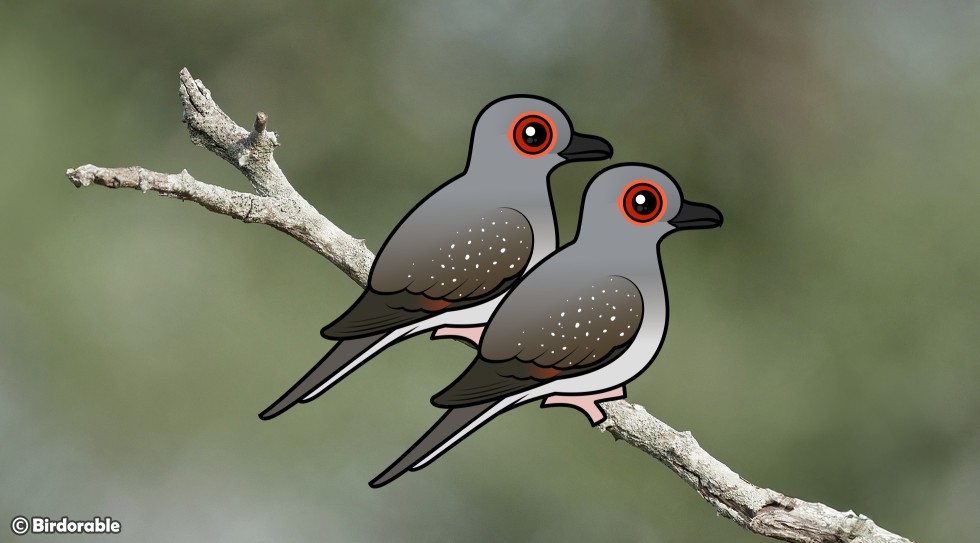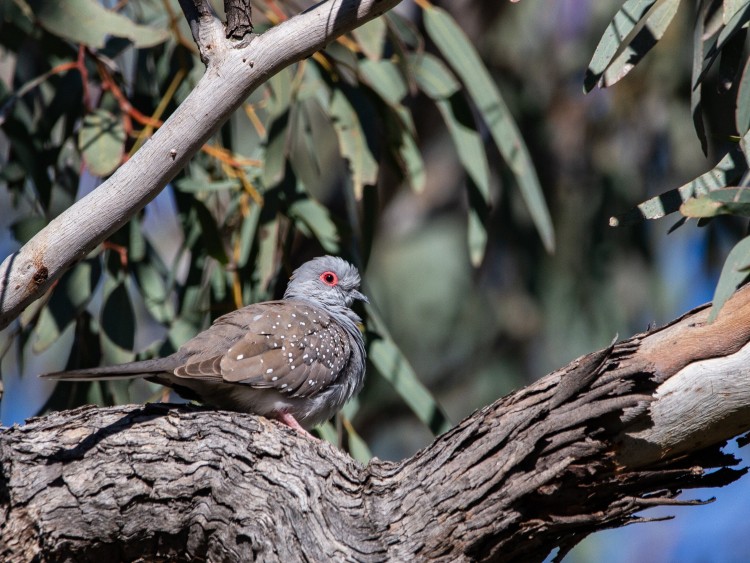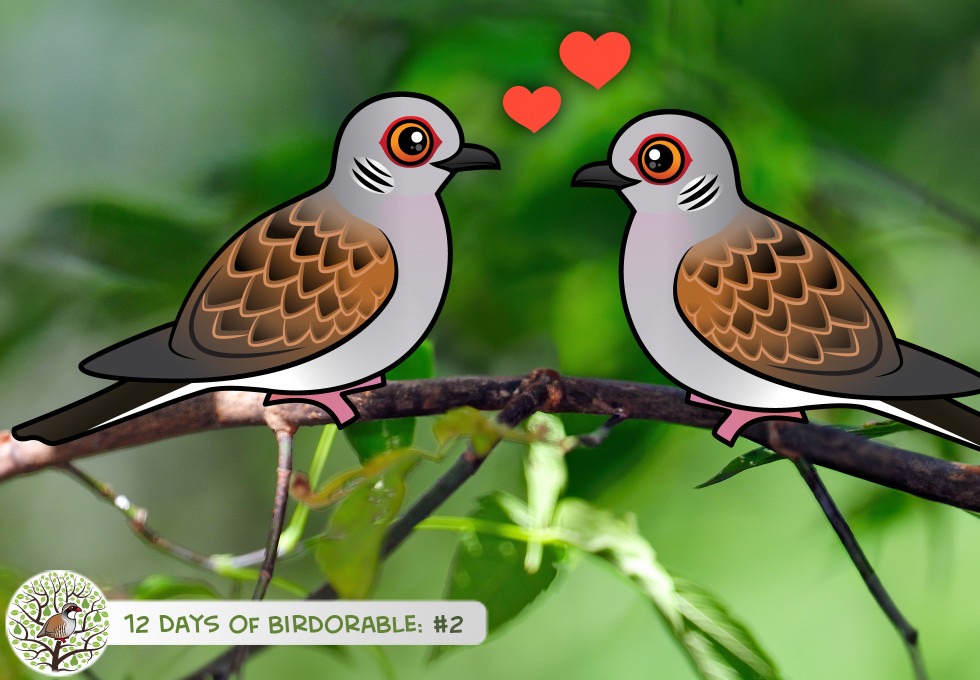Species Profile
Australia's Diamond Dove: Small Birds, Big Adaptability

The Diamond Dove is a small, elegant bird native to Australia, where it thrives in the arid and semi-arid regions of the continent. Known for its delicate beauty, this dove can be found across open habitats like grasslands, woodlands, and savannas, often near water sources. Though they are a popular species in captivity, they are just as fascinating in the wild, where their behaviors and survival strategies reflect their ability to adapt to tough environments.
Measuring only 7.5 to 9 inches (19-23 cm) long, Diamond Doves are one of the smallest dove species in the world. Their name comes from the white spots, or “diamonds,” sprinkled across their wings. Their plumage ranges from light gray to brown, and they sport a distinctive orange-red eye ring, which stands out against their soft coloration.
In the wild, these doves are often seen foraging on the ground, searching for seeds from grasses, herbs, and shrubs. Their diet consists mainly of dry seeds, although they will also eat small insects when food is scarce, particularly during and after rainy periods. Diamond Doves prefer to stay close to water, as they need to drink frequently throughout the day. It’s common to see them congregate around waterholes, especially in the morning and evening.

Diamond Dove by Mark Gillow (CC BY 2.0)
Diamond Doves are typically found in pairs or small flocks, and they are known for their gentle, soft cooing, which plays an important role in communication between mates. They are highly social and will often roost in groups, but they maintain a monogamous bond with one partner. These strong pair bonds are crucial during the breeding season, which varies depending on rainfall. In wetter conditions, they will breed more frequently, taking advantage of the abundance of food.
When it comes to nesting, Diamond Doves build simple, flimsy nests out of grass stems and twigs. They often nest low to the ground, in shrubs or small trees, where they are somewhat protected from predators. A typical clutch contains two white eggs, which both parents incubate for about 13 days. Once the chicks hatch, the parents feed them with a nutrient-rich substance called crop milk, regurgitated from their crops. The young doves fledge after just two weeks, but they remain under their parents’ care for a short time before becoming independent.
Diamond Doves are well adapted to Australia’s often harsh conditions, but their populations tend to fluctuate depending on environmental factors. After significant rainfall, when seeds are plentiful, their numbers can increase rapidly. However, during droughts, they may become less common as they disperse in search of food and water.
Watching Diamond Doves in the wild is a delightful experience for birdwatchers. Their gentle demeanor, soft calls, and elegant appearance make them a standout species in Australia’s diverse birdlife. If you’re visiting the outback or areas near rivers and waterholes, keep an eye out for these tiny jewels moving quietly along the ground, blending perfectly with the dry landscape.



































